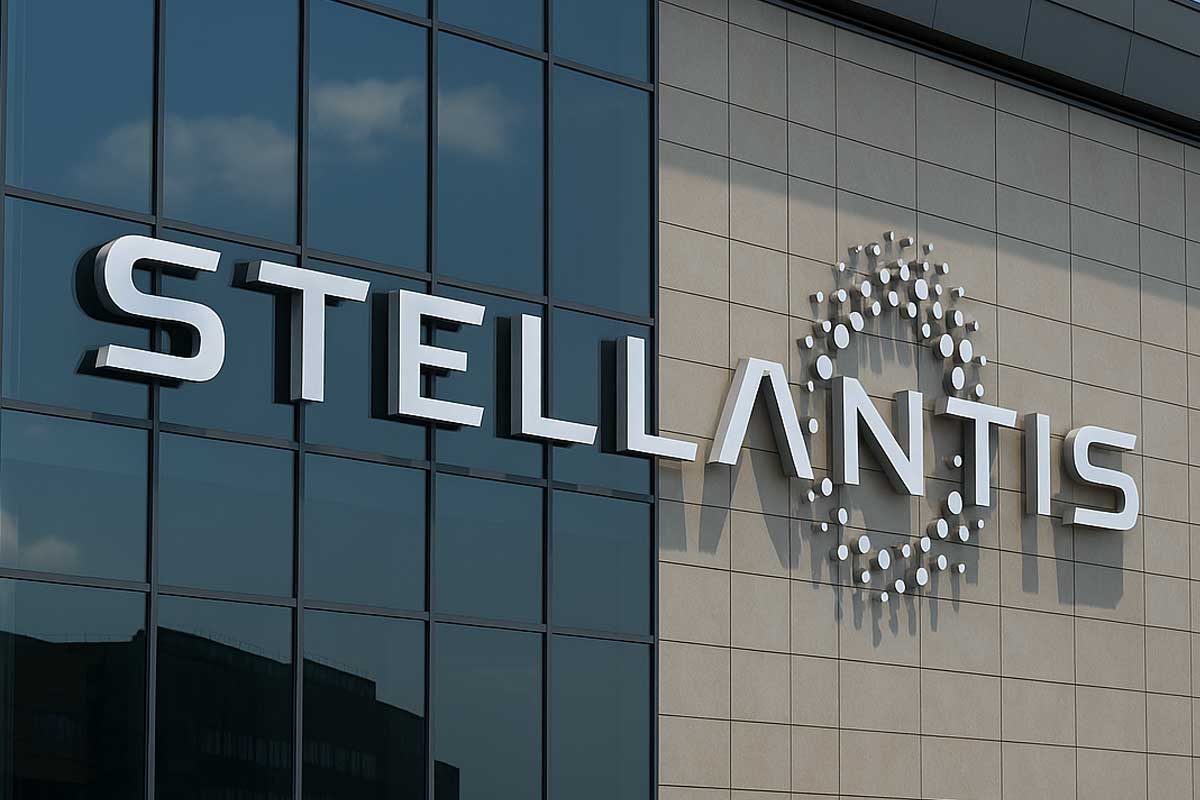
The facts are clear: the production of Stellantis in Italy is collapsing. According to figures published by the FIM-CISL trade union, the Group produced 265,490 vehicles in the third quarter of 2025, down 31.5 % on the same period last year. A situation deemed "dramatic" by the union, which points to a profound industrial crisis affecting all the Group's Italian plants.
2025 worse than 2024
Whereas 2024 had already been described as a difficult year, 2025 looks even bleaker. In the first nine months, Stellantis produced 151,430 cars (-36.3 1TP3Q) and 114,060 commercial vehicles (-23.9 1TP3Q). At this rate, the year should close at around 310,000 units, a third less than the already low volumes of 2024. Almost half of the Group's employees in Italy are currently affected by short-time working arrangements.
Mirafiori: the electric Fiat 500 runs out of steam
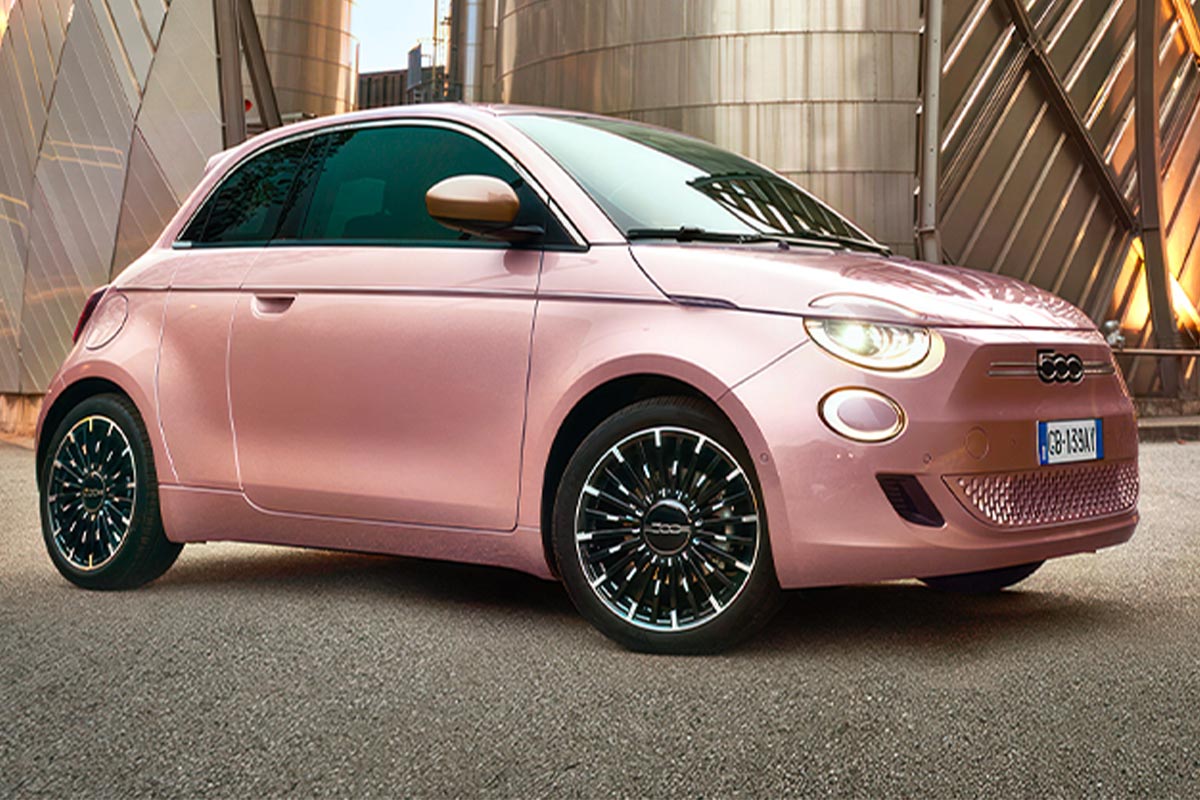
The historic Mirafiori site in Turin illustrates the situation: only 18,450 vehicles produced between January and September, down 17 %. These include 18,315 electric Fiat 500s, a model that is struggling to find takers, and just 140 Maseratis (the Grancabrio and Granturismo are still produced there).
The launch of the Fiat 500 hybrid, scheduled for November 2025, could give a partial boost to production, with an ambitious target of 100,000 annual units by 2026.
Maserati in crisis in Modena
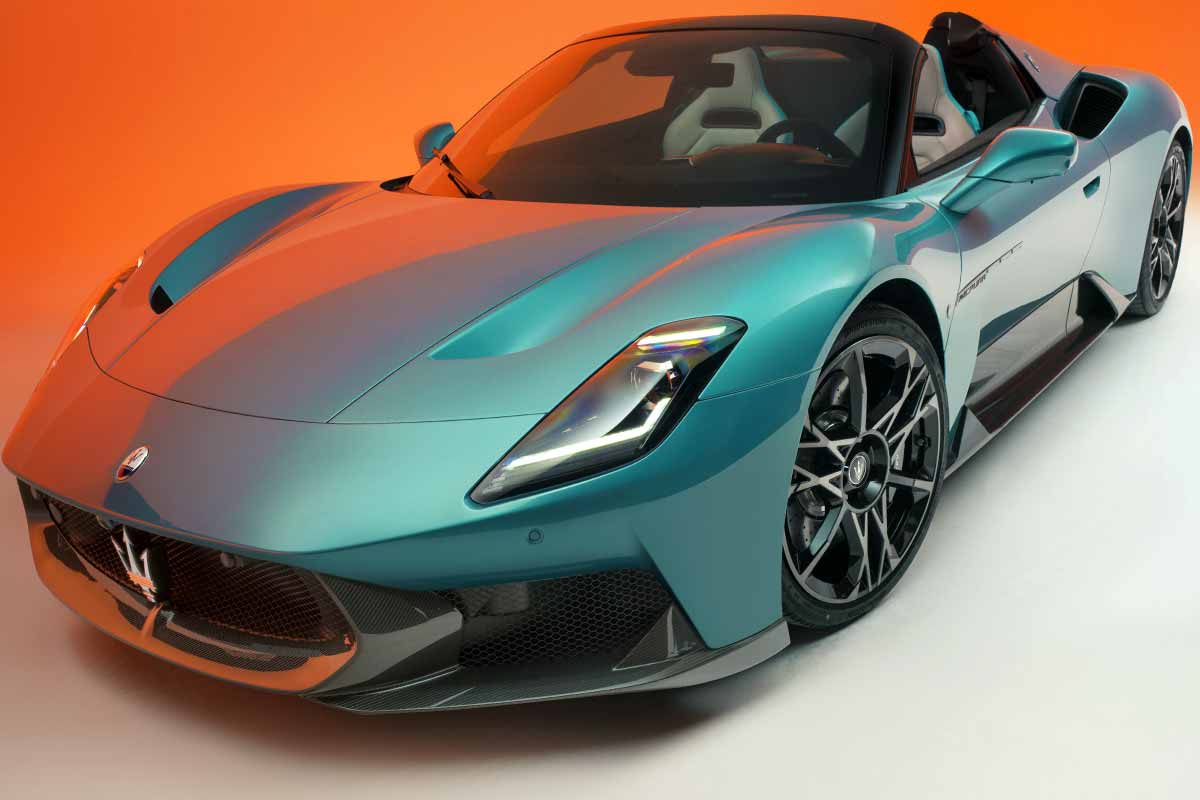
In Modena, where the Maserati MC20, and soon the GranTurismo and GranCabrio, are built, the situation is even more critical: only 75 cars produced in nine months, a staggering drop of 65 %. Production lines are running at half-empty, despite the announced arrival of the GranTurismo and GranCabrio transferred from Turin (Mirafiori).
Cassino: Giulia, Stelvio and Grecale in the red
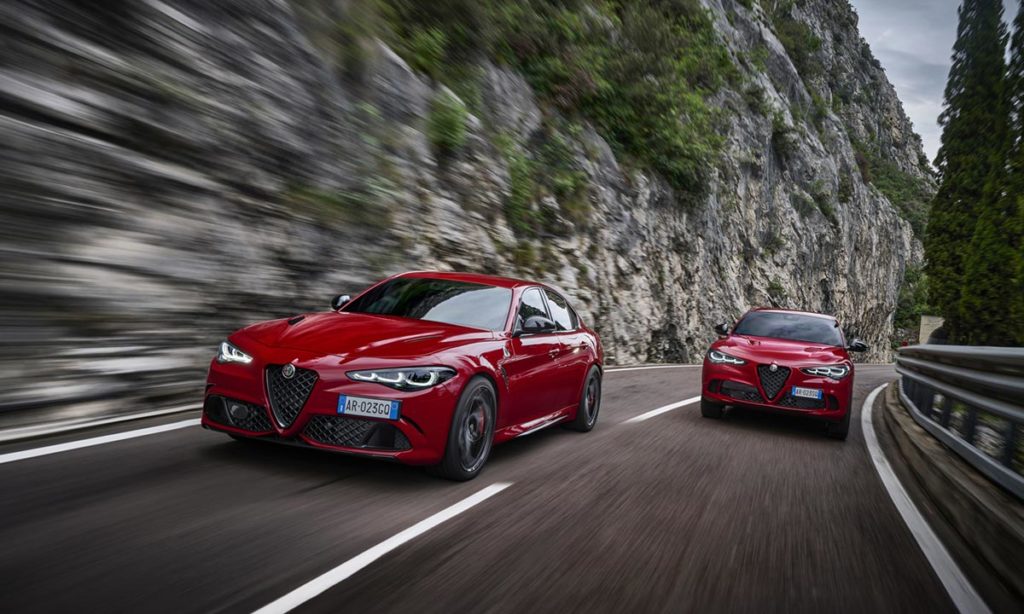
The Cassino site, home of the Alfa Romeo Giulia and Stelvio as well as the Maserati Grecale SUV, recorded a 28.3 % drop, with only 14,135 vehicles produced. The delayed launch of the new generations of Giulia and Stelvio, originally scheduled for late 2025 on the STLA Large platform, is exacerbating the situation. "Without a clear timetable, uncertainty is setting in", warns the union, which is calling for job guarantees.
Pomigliano: the Panda holds up, but the Tonale collapses
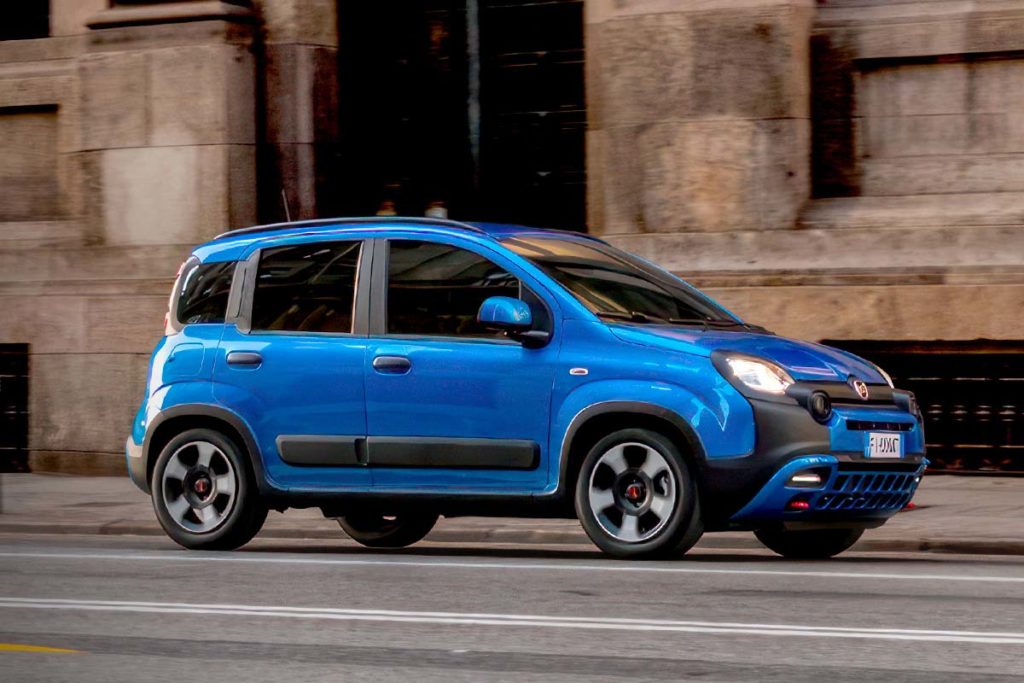
The Pomigliano d'Arco site, near Naples, remains the country's most productive, with 91,920 vehicles, or 60 % of national production. But here too, the trend is negative: -35 % compared with 2024. The Fiat Panda resists with 79,000 units (-29 %), but the Tonale collapses to 7,930 units (-41 %) and the Dodge Hornet to just 1,360 units (-90 %).
The plant is idling, with dozens of days of short-time working. Two new compact models on the STLA Small platform are scheduled for 2028, but the unions are calling for this timetable to be brought forward.
Melfi: a descent into hell
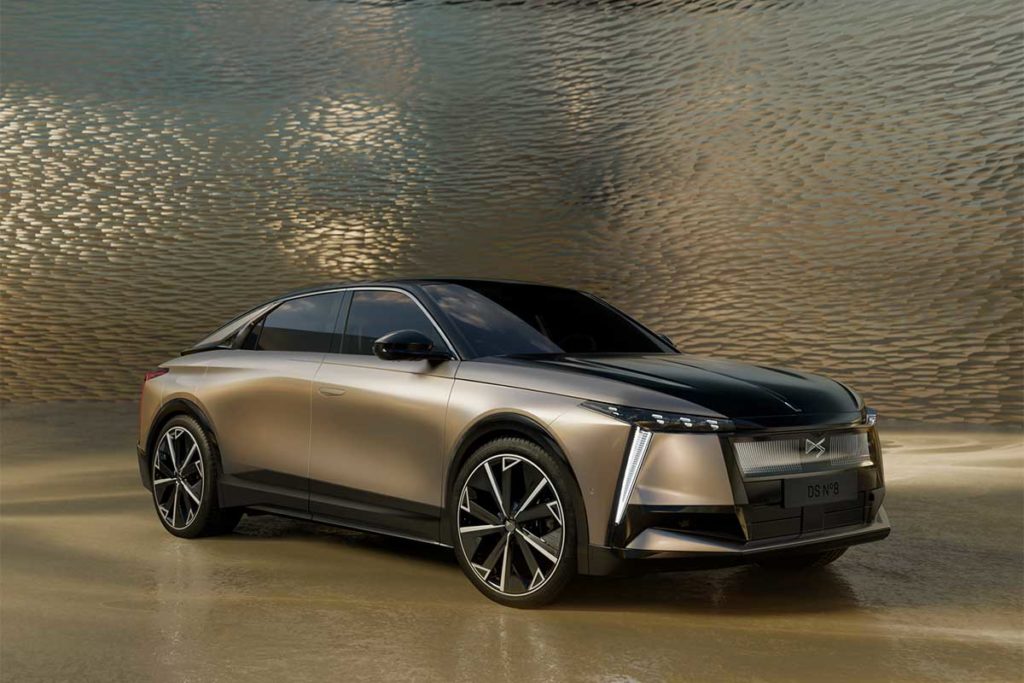
At Melfi, once one of Fiat's flagships, production has halved to 26,850 vehicles. The Jeep Compass and Renegade account for the bulk of production, albeit down 39 %. Only the DS8 has just been launched, while we await the Compass hybrid at the end of 2025 and the Lancia Gamma in 2026. FIM-CISL welcomes the addition of hybrid versions to several models initially planned as 100 % electric, believing it to be "vital for employment in the face of weak demand for electrics".
Atessa: the heavyweight of utility vehicles
Finally, Atessa, which produces the Fiat Ducato, Peugeot Boxer, Citroën Jumper, Opel Movano and Toyota Proace Max commercial vehicles, reported 114,060 units (-23.9 %). The plant remains strategic for Stellantis, which is preparing the complete electrification of the range by 2027.
Termoli, still the big worry
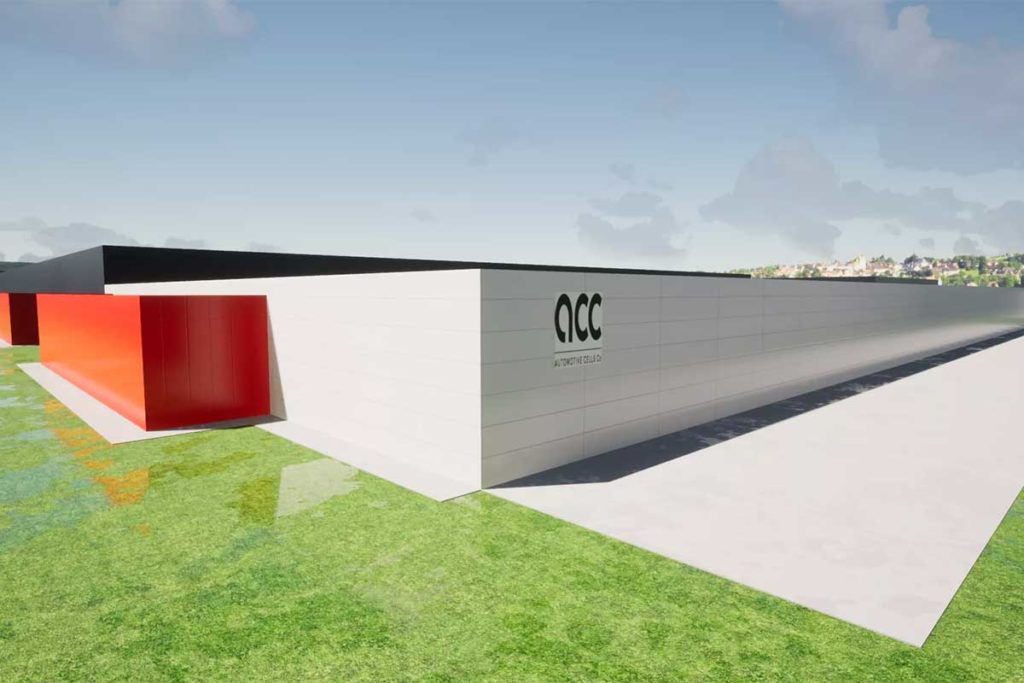
The decision to suspend the Termoli gigafactory, which is to produce batteries for future electric models, is a source of deep concern for the unions. Nearly 1,800 jobs are at risk. To compensate, Stellantis is promising production of the new eDCT gearbox from 2026, but this is not enough to guarantee the site's future, as it would occupy 250 to 300 jobs.
A long-awaited meeting with the new CEO
On October 20, 2025, the unions will meet new CEO Antonio Filosa for the first time in Turin. For FIM-CISL, this exchange is decisive: the aim is to redefine a clear industrial strategy for each Italian plant, following the departure of Carlos Tavares and the promises of the Dare Forward 2030 plan.
The union also calls on the Italian government and the European Union to act: "Without a European industrial plan backed by a genuine common fund, the ecological transition risks being socially unsustainable."
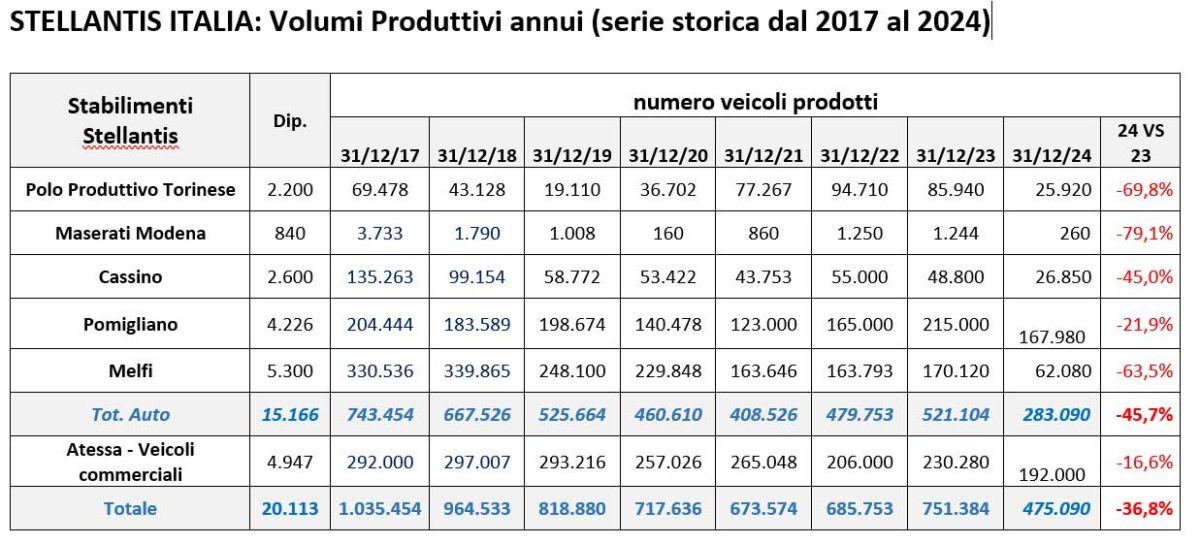
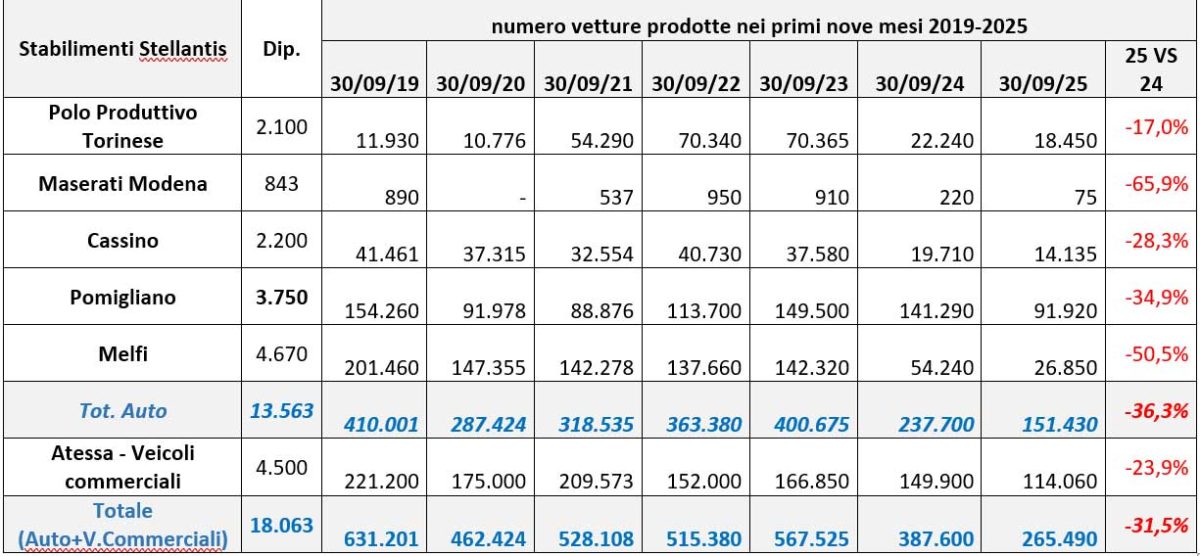
All the signals are red and no one is going to find Carlos to demand accountability?
Tavares will remain a disgrace to the Italian automotive industry, a gravedigger.
Stanislas
What were the new models planned to turn FCA around in 2021?
Do you have a little problem interpreting reality?
How is Tavares to blame? It takes 5 years to install automotive investments. In this case, all he's done is continue the FCA boys' gravedigging policy of the past.
Yet it's easy to find him in his vineyards in Porto, Portugal. He drives a Nissan Navara.
Beyond the joke, we've been dealing with the worst automotive captain of industry in decades.
Mistakes, non-renewal of ranges, false belief that electric cars should sell without hesitation, as evidenced by the Fiat500e which was not planned as a hybrid for years, an exclusively electric Abarth range, the new Giulia and Stelvio, also planned exclusively as electric cars (hence the delay of more than 2 years in offering hybrid powertrains), the flop of the Maserati Folgore, a starved Fiat range in Europe, non-renewed Alfa Romeo models like the Giulietta, etc....
If Stellantis had wanted to make Italian cars disappear, he wouldn't have done it any other way.
It's true that it's amazing, almost every decision is the wrong one.
First of all, it's the result of non-investment and outlandish ideas from FCA teams. Electrification didn't start with Stellantis. Don't get everything mixed up.
The 500, for example, is the perfect example. A pioneer in small electric cars, and a rather successful one at that...Fiat had no plans to keep up the momentum. No change in 4 years! It's industrial suicide in 2020.
Fiat, abandonment of the Punto, abandonment of the combustion-powered 500, a meagre range, etc. Alfa Romeo, Giulia and Stelvio without hybridization and abandoned, MiTo and Giulietta not renewed, absence from the E segment, etc. Maserati, strategic error in betting everything on electrics to the detriment of combustion and hybrids, Abarth, no one wants electrics, while Lancia is better off not even mentioning it because it's such a complete void. Add to this the fact that Stellantis favored PSA engines to the detriment of those from the Fiat group, and it's hardly surprising that the Italian automotive industry is in a catastrophic state.